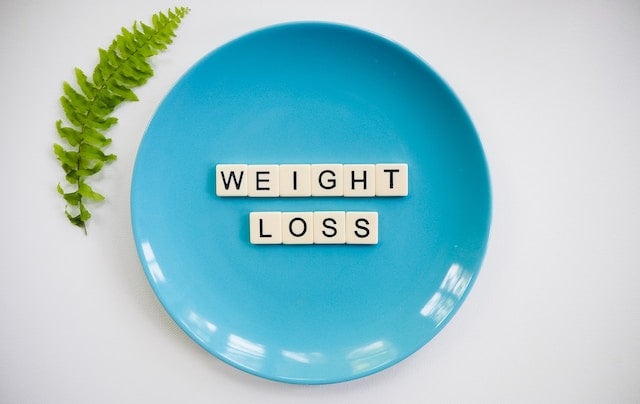Intro to This Blog Series
Hey there! 😊
There are plenty of social media platforms out there that share all sorts of claims about health, fitness, and nutrition. But here's the thing: a lot of these popular opinions don't actually line up with what scientific evidence tells us. It can be tempting to believe everything you see on social media, especially when it's designed to catch your eye in less than a minute. But the truth is, you can end up adopting false beliefs about health, fitness, exercise, and nutrition in that short amount of time.
Over the next 5 days, we're going to tackle the 5 most commonly spread myths in these areas. It's important to address these myths because they can really shape the way you think and act. They're not just harmless beliefs, they can actually have an impact on your behavior.
Stay tuned for some myth-busting information! 🌟
Let's get started with Myth #1: Spot Fat Reduction
The Truth About "Spot Fat Reduction"
There is a common belief that you can choose where you lose weight and target fat loss to a specific area of your body. This belief, known as "spot fat reduction," is not supported by scientific evidence.
Despite claims on social media, doing countless crunches, focusing solely on abdominal workouts, or drinking a concoction of celery, cucumber, ginger, and turmeric will not magically make your belly fat disappear. The truth is that when fat loss occurs, it happens throughout your entire body, rather than in one isolated area.
While abdominal workouts can help strengthen your core muscles, they do not specifically target belly fat. It is important to understand that fat loss happens uniformly and you cannot choose where you lose weight. Instead of fixating on spot fat reduction, it is more effective to focus on maintaining a healthy energy balance.
Understanding Energy Balance for Weight Management
To effectively manage your weight, it is crucial to consider the concept of energy balance, which refers to the balance between the calories you consume and the calories you burn through physical activity and non-exercise related activities. By maintaining a consistent training routine and paying attention to your energy balance, you can achieve sustainable and healthy weight loss.
Debunking these common fitness myths is important as they can influence your thoughts and actions. False beliefs about health, fitness, exercise, and nutrition can have a significant impact on your behavior. Therefore, it is essential to rely on scientific evidence and reputable sources when seeking information about fat loss and overall health.
Debunking Fitness Myths: Fat Loss and Beyond
In the upcoming days, we will address other common myths related to fat loss, including the misconception that lifting weights will make women bulky, the comparison between high intensity interval training (HIIT) and steady state training for weight loss, the idea that more exercise is always better, and the notion that you can out-exercise a bad diet.
Stay tuned for more myth-busting information that will help you make informed decisions about your health and fitness journey!


